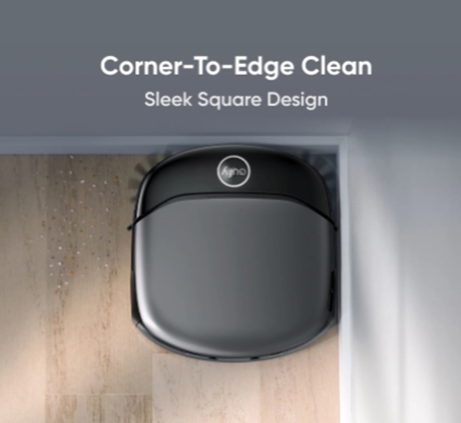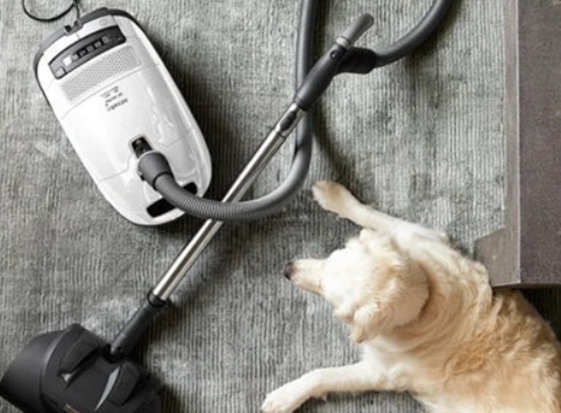A malfunctioning vacuum cleaner creates a frustrating crossroads – pour money into repairs or invest in a new model? This decision impacts more than just your cleaning routine; it affects your household budget, indoor air quality, and environmental footprint. The average household replaces vacuums every 3-5 years, often prematurely discarding units that could have been repaired. Understanding when to fix versus replace helps maintain peak cleaning performance while avoiding unnecessary expenses. In this article, we’ll examine the key factors that should guide your vacuum repair-or-replace decision.

What Is the 50% Rule for Vacuum Repairs?
The 50% rule provides a straightforward financial guideline: if repair costs exceed half the price of a comparable new vacuum, replacement typically makes better economic sense. This calculation should include both parts and labor if using professional repair services. For example, a $150 repair on a vacuum that originally cost $200 clearly warrants replacement. However, exceptions exist for high-end models where a $300 repair on a $1,000 vacuum still offers good value. Always compare against current replacement costs rather than your original purchase price, as technology improves while prices often decrease. Consider any upcoming additional expenses too – an older vacuum needing both a $100 motor repair and $50 in new filters might be approaching the threshold. This rule helps remove emotion from the decision and focus on practical economics.

How Does Age and Performance Factor In?
Understanding Expected Lifespan by Vacuum Type
Different vacuum styles have varying natural lifespans that should inform your decision. Quality upright vacuums typically last 8-12 years with proper maintenance, while canister models often reach 10-15 years due to their durable construction. Robot vacuums have shorter 4-6 year lifespans because of their complex electronics and battery degradation. Stick vacuums average just 3-5 years of reliable service. These timelines assume regular filter changes, proper emptying, and careful cord handling. When your vacuum approaches or exceeds these ranges, replacement often makes more sense than investing in significant repairs. Newer models also offer substantial improvements in suction power, filtration, and convenience features that may justify upgrading an aging unit.
Recognizing Signs of Irreversible Performance Decline
Some performance issues indicate it’s time to replace rather than repair. A noticeable, irreversible drop in suction power despite clean filters and clear airways suggests motor wear beyond practical repair. Excessive vibration or strange noises that persist after basic troubleshooting often signal internal component failure. Electrical problems like intermittent power or overheating indicate deteriorating wiring that’s expensive to fix properly. If your vacuum requires increasingly frequent repairs just to maintain basic functionality, it’s likely entering its failure phase. Another red flag is when replacement parts become difficult to find or disproportionately expensive for the vacuum’s age and original quality.
Which Common Problems Are Worth Repairing?
Many vacuum issues represent cost-effective repairs that can extend your machine’s life for years. Clogged hoses or airways require no parts – just careful disassembly and removal of obstructions. Worn drive belts on brush rolls are inexpensive ($5-$15) and easy to replace with basic tools. Dirty or damaged filters (HEPA, pre-motor, exhaust) are routine maintenance items rather than signs of failure. Power cord damage near the handle often repairs easily with proper electrical tape or replacement plugs. Brush rolls clogged with hair and fibers usually just need thorough cleaning and bearing lubrication. For smart vacuums, software glitches often resolve with factory resets or firmware updates.
What Problems Signal It’s Time to Replace?
Burnt-Out Motors
Motor failure represents one of the most definitive replacement triggers. Quality replacement motors often cost $100-$300, plus significant labor for installation. Even after this expensive repair, other aging components may soon fail. Motors rarely burn out prematurely in well-maintained vacuums – their failure often indicates the unit has reached its mechanical lifespan. The repair complexity also matters; some motors require complete disassembly of the vacuum’s core structure. Unless dealing with a high-end model where the motor represents a small portion of the original cost, motor failure usually justifies replacement with a new vacuum offering modern efficiency and warranty protection.
Cracked Housings & Structural Damage
Plastic housings and structural components develop stress cracks over years of use, especially where handles attach or wheels mount. Unlike cosmetic damage, structural cracks compromise the vacuum’s stability and safety. Proper repair often requires complete housing replacement, which manufacturers may not even offer for older models. Temporary fixes with epoxy or plastic welding rarely withstand the vibrations and forces of regular vacuum use. Structural damage also raises safety concerns – cracked housings near electrical components create shock hazards. When the vacuum’s physical integrity becomes compromised, replacement becomes the only responsible choice regardless of other working components.
Obsolete Models Without Available Parts
Technology advances quickly, leaving some vacuums behind. Models more than 7-10 years old often lack replacement parts as manufacturers discontinue support. Even when parts exist, they may come at premium prices from third-party sellers. Older vacuums also miss modern safety features like thermal cutoffs and improved electrical insulation. Obsolete filtration systems can’t match today’s HEPA standards for allergen removal. When your vacuum’s design or components become outdated, replacement typically offers better long-term value than struggling to maintain antiquated technology.
Conclusion
Before discarding your old vacuum, remember that proper disposal matters. Learning how to dispose of vacuum cleaner units responsibly helps protect the environment – many components can be recycled through local e-waste programs. For those considering an upgrade, today’s cleaning technology offers significant improvements in efficiency and convenience. Modern robotic models provide thorough cleaning with smart features that adapt to your home’s layout. When selecting a replacement, let your previous vacuum’s shortcomings guide you toward more durable designs with better filtration and longer warranties. With the right maintenance and timely upgrades, you’ll enjoy cleaner floors while making sustainable choices.